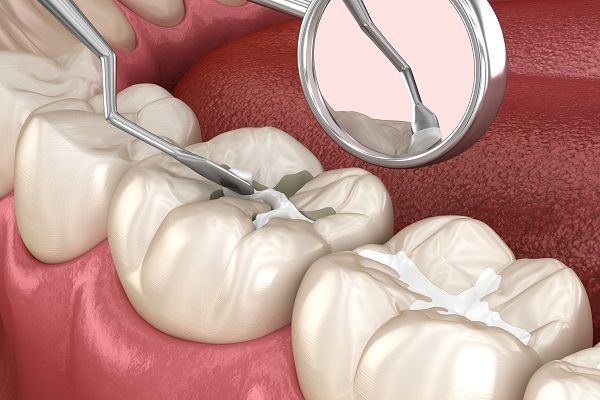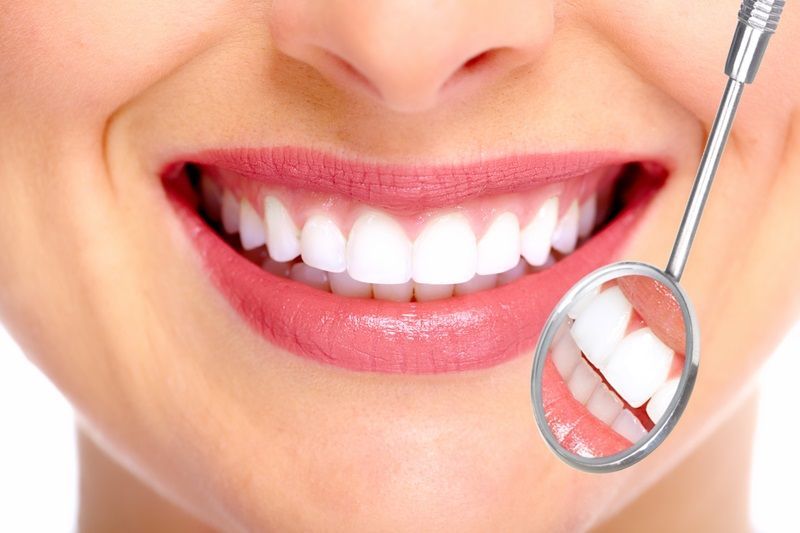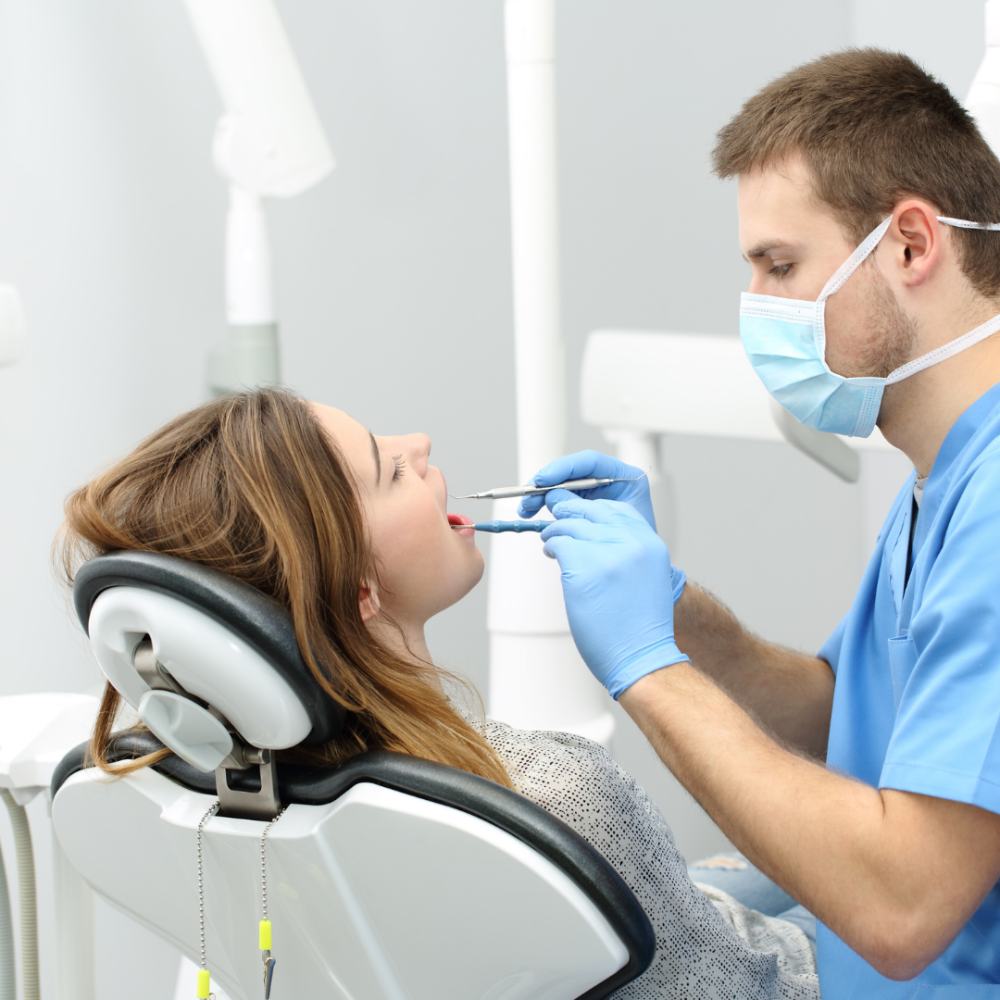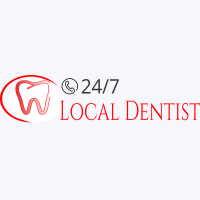Many chewing gum companies advertise that their gum is good for your oral health, or recommended by dentists. But it can be hard to suss out the truth in advertising- is this just bluster to make sales, or would a dentist really recommend chewing gum? Ready for our take? Let’s take a look!
Traditional Gum Vs. Sugar-Free Gum
Let’s first be clear: not all gum is created equal. The huge square of bright pink bubble gum with crazy flavor that’s gone in about 3 minutes? Likely chock full of sugar. Sugar feed the bacteria in your mouth that’s destroying your enamel and causing cavities. When you’re looking for chewing gum, be sure to buy SUGAR FREE gum. This help keep your waistline slim and keep you from getting addicted to the sugar rush. But beyond that, sugar free gum won’t feed the bacteria in your mouth that break down your enamel. If you want bonus points, look for gums sweetened with xylitol – this sugar substitute actually reverses the early stages of dental cavities and helps remineralize your enamel!
Effects of Chewing Sugar-Free Gum
Increases Saliva Flow
Proper saliva flow is an important part of your oral health. We’ve covered this in other blogs that you can check out here , but saliva helps strengthen your teeth, clear away debris, and aids in digestion, tasting, and pain relief. Studies show that chewing even a plain, unflavored gum base helps increase salivary flow rate 10 to 12 times above your natural resting salivary rate! Not only that, but flavors and sweeteners in gum can increase salivary flow rate even more!
Can Lower Mouth Ph
Chewing gum can also lower your mouth ph, depending on the specific type and flavor. Acidic flavors (think tropical, sour, citrusy flavors) tend to have a lower ph than mint or spice flavored gums. It’s important to keep your mouth ph above 5.5- below that enamel begins to demineralize. When picking gum flavors, keep this in mind and avoid citrus-y flavors when you can.
Excessive Chewing Can Trigger Jaw Exhaustion
Your jaw muscles, just like any other muscle, can be injured from excessive use. While it’s a good idea to chew gum for a little while after meals to help clean your teeth, there is such a thing as too much gum. Constant gum chewing can exhaust your Temporomandibular Joint (the hinge where your jaw connects) and cause headaches, neck pain, or jaw pain.
Our Take? Enjoy Sugar-Free Gum in Moderation.
There are obvious, recorded benefits to enjoying some sugar-free gum, especially after a meal to freshen your breath and clean your mouth. Sugar-Free gum even gets the American Dental Association’s seal of approval . However, enjoy this treat in moderation and don’t keep your jaw working all day long or to stave off boredom. It can help to use your gum’s flavor as an indicator of how long you should enjoy it. The flavoring helps initiate some of the benefit in increased salivary flow, so if your gum has lost it’s flavor, part of the benefit is already lost. Use that as your cue to take a break from chewing until after your next meal.










